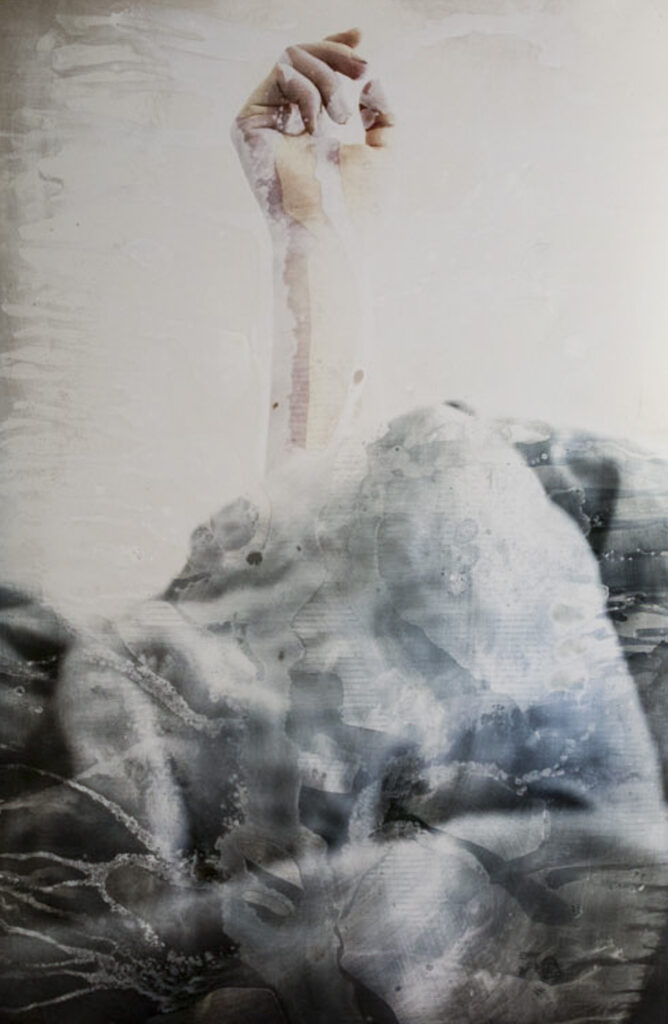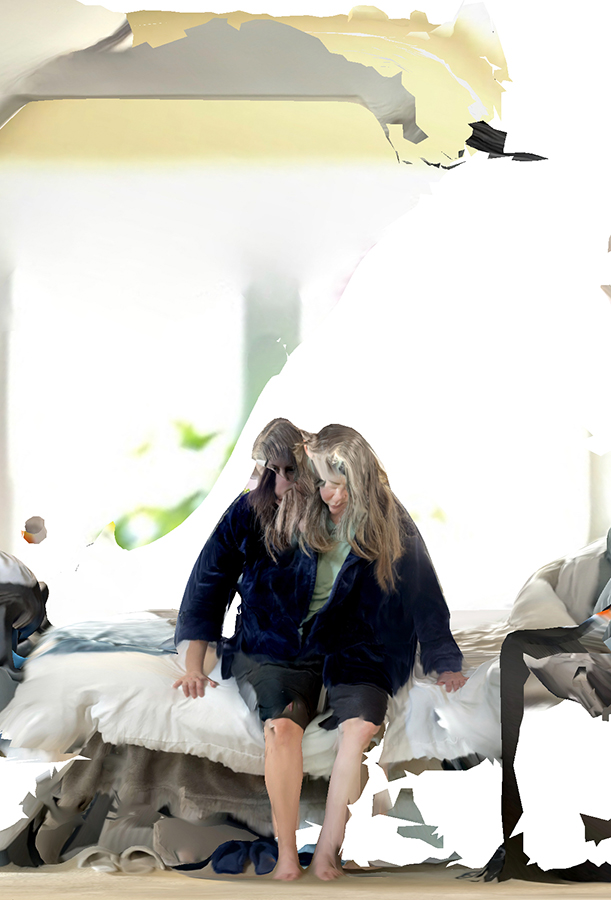ONLINE May 8th, 6:30-8:30pm
Featuring Camilla Jerome along with Amy Giese, and Torrance York
Free to attend, and open to the public.
Register HERE to receive the Zoom link.
PRC Nights is a long-standing monthly tradition at the PRC, we host a guest photographer along with additional PRC Members for a lively evening of conversation on rotating themes. This free, program fosters a sense of community by offering an opportunity to share images and insights about particular topics in contemporary photographic practice. PRC Nights is open to the public and all are welcome!

The May 8th theme is “Contextualizing Illness” featuring photographer Camilla Jerome, an interdisciplinary artist from Massachusetts. Her photographic, installation, text, and video work spans from autobiographic and documentary imagery to private performances to experimental camera-less photography. Her self-revelatory practice is always on the emotional edge, a form of therapy, a form of art, and a profound journey inward. Jerome’s work explores the intersections of disability, visuality, time, beauty, and gender.
Camilla Jerome holds an MFA from the Rhode Island School of Design, a BFA from Lesley Art and
Design, and is a member of Boston’s artist collective, Recently. Her love for photography began at a young age when she saw an underwater photography exhibition and became fascinated by what could be illuminated at such great depths. In this instance, she saw the potential to provide an alternate perspective beyond surface-level perception. In high school Jerome began working in photography, when she needed it most. Making images became her voice and gave her the confidence to make peace with her disabilities. When the medical system failed to name her diseases, an artistic practice developed alongside the pain. The fluidness of the photographic medium helped her bring light while digging for diagnoses. Still images, videos, sculptures, and installations work alongside moments of memoir, medical data, and the work of historical and contemporary artists whose practices address embodied knowledge. These different forms create multiple access points of deciphering and discernment crafted from digital, analog, and antique photographic processes as a gesture of reclamation of my voice and lost time. “While words failed to communicate my suffering, I trusted my visual language to build an image of my pain and its many facets. It is only through the expression of my isolation using photography that I’ve made connections within myself. By removing my mask and no longer acting healthy, I bring to light my authentic self in an alternate performance.” – Camila Jerome

Torrance York, is an artist and educator born in New York City and currently living in Connecticut. She earned a BA from Yale and an MFA in photography from RISD, was a resident artist at Anderson Ranch Arts Center in Snowmass Village, CO, and received a Connecticut Artist Fellowship grant in 2010. York is represented by Rick Wester Fine Art and is a Silvermine Guild of Artists member. The work she will be presenting is from her project Semaphore, exhibited at Rick Wester Fine Art, NYC, and the Danforth Art Museum at Framingham University, MA and upcoming at the Lightburn Gallery, in New Canaan Library, CT. Her monograph Semaphore (Kehrer Verlag) was published in 2022. “In Semaphore I examine the shift in my perspective after being diagnosed with Parkinson’s disease nine years ago… Creating Semaphore has facilitated my understanding of Parkinson’s and what it means for me and my family. And the process has fortified my optimism. Further, learning about neuroaesthetics from the book, Your Brain on Art, has again provided a new lens through which to interpret my experience— this time my experience as an artist and maker. Neuroaesthetcis shows how aesthetic encounters and art making measurably change our bodies, brains and behavior for the better. Medcial researchers have recognized for decades a connection between Parkinson’s and creativity. While there is still no cure for Parkinson’s and we know that exercise can slow the progression of the disease, I believe my art making has also contributed to slow the progression of my Parkinson’s.” – Torrance York

Amy Giese is an artist living in Boston, MA. Giese’s practice is grounded in photography but often is out at the edges of the medium, critiquing the materials of production and consumption, as well as searching for points of intersection with other mediums. Her work is also an ongoing attempt to locate the self within distinct places and spaces, whether physical, psychological or virtual. The work she will be discussing at this event is from her ongoing series, My Head Is Too Heavy. Using LiDAR scanning apps on her smartphone, Giese creates virtual models of herself and the space that she exist in. The gaps in information, the distortions and inaccuracies all point at the limitations of photographic seeing. They also act as pointers to the invisible symptoms that define her day to day life as I come to terms with a newly acquired chronic illness. Note on the process: The images are screen captures of the 3D models that are then printed as archival inkjet prints. Giese’s work has been exhibited in the US, China, New Zealand, Czechia, and Scotland. She has participated in recent shows at the OVERLAP Gallery, Danforth Museum of Art, Rear Window Gallery in Hangzhou CN, McDonough Museum of Art and the Newport Art Museum. She received her BA from Amherst College and an MFA from Parsons School of Design.
